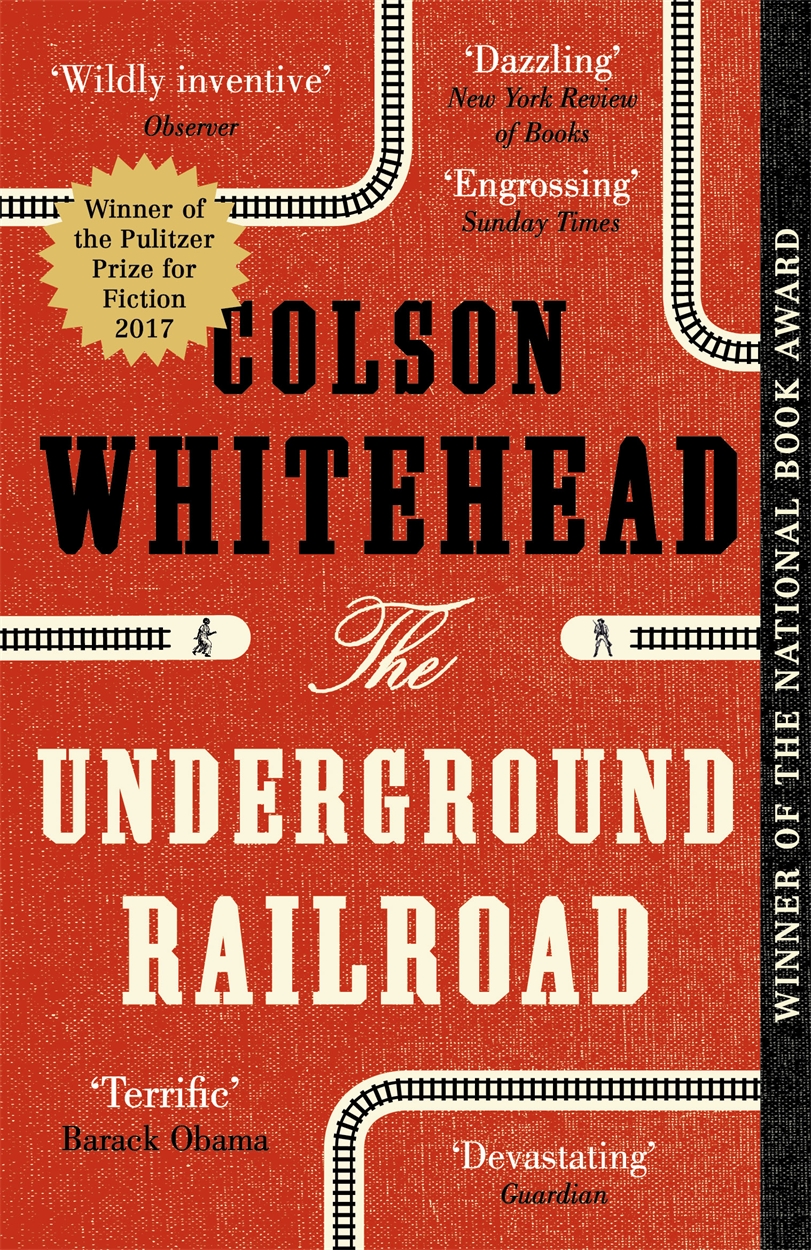
Rather, it was a route of safe houses and “station agents” who helped convey enslaved people to freedom through a number of different methods. While the underground railroad was certainly real, in most cases it was not a literal railroad in the way it is depicted in the novel.


Perhaps the most important fantastical feature of the narrative is the underground railroad itself. By distorting the course of history in this manner, Whitehead challenges the reader’s assumptions that slavery is confined to the past through showing the institution’s powerful afterlife in the present. Cora’s experience in South Carolina is based not on the mid 19th century, but rather on events from the eugenics movement that blossomed in the early 20th century, as well as the Tuskegee syphilis experiment of 1932-1972 and forced sterilization programs that are still inflicted on black women (particularly those who are incarcerated) today. Whitehead’s deliberately inaccurate use of history also serves as a horrifying reminder of the way in which slavery is not a relic of the distant past, but a markedly recent phenomenon that still affects the present. The fantastical aspects of the narrative-such as the Freedom Trail-also emphasize the idea that slavery was stranger (and more horrifying) than fiction, particularly from the perspective of the enslaved people who were forced to endure it.

By rejecting absolute realism in this way, Whitehead reminds the reader that there is much about the historical reality of black people’s lives in America that is impossible to know, due to the fact that enslaved people were forbidden to read or write. This decision is a deliberate rejection of the demand that historical fiction realistically and accurately represents the past. At the same time, Whitehead also deliberately weaves fantastical and ahistorical elements into the narrative, some of which are more immediately recognizable to readers than others. The Underground Railroad is a historical novel, and much of what takes place is an accurate representation of what life in mid-19th century America was really like.


 0 kommentar(er)
0 kommentar(er)
